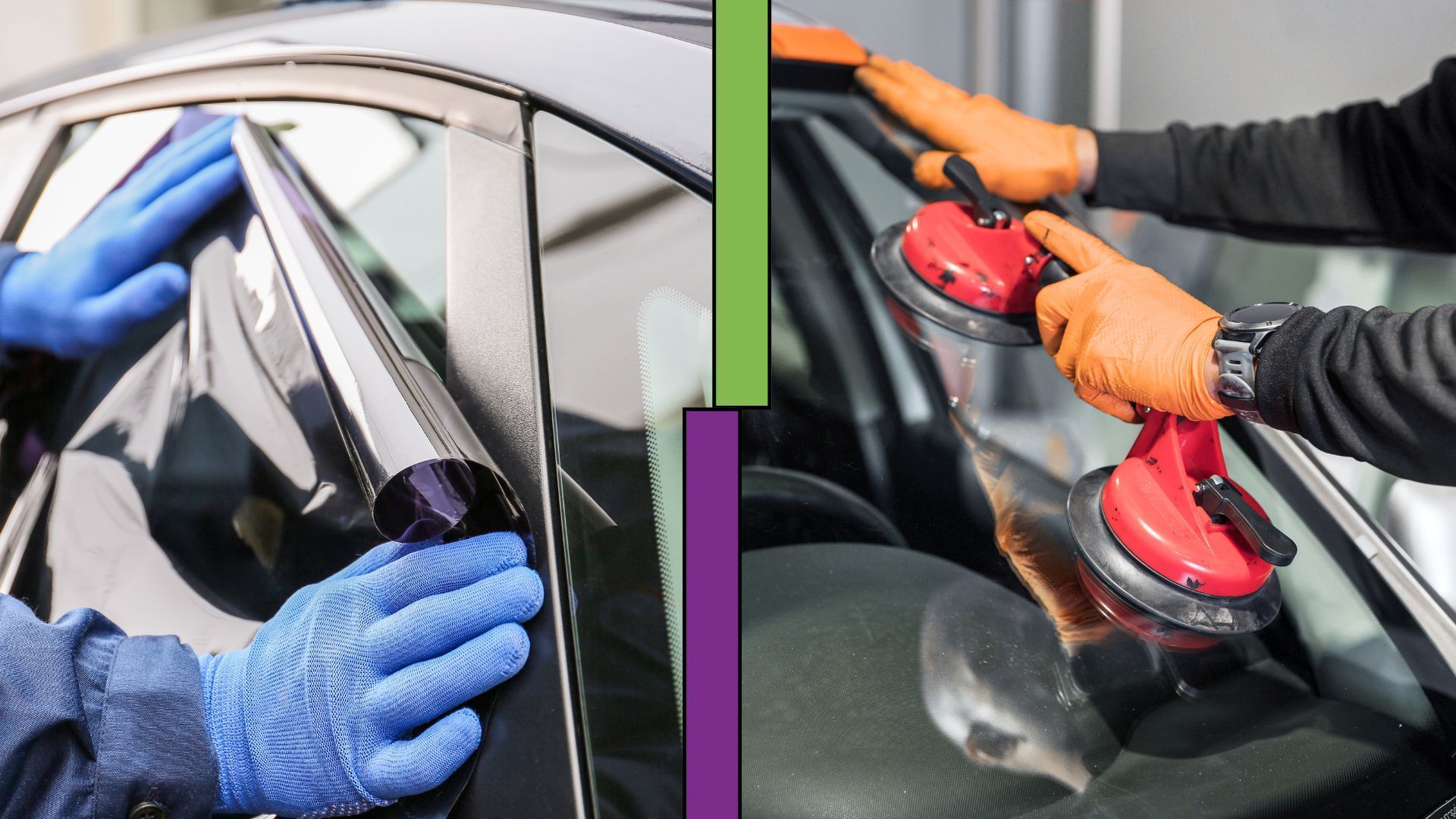Digital Intervention: Buying a Car in Your Pajamas
When is the last time you bought a car? Was it a year ago? Five? Ten? Unfortunately for me, I’ve purchased three cars in the last six months. Not because I wasn’t satisfied with the car I had. I was actually quite fond of car number one. However, shortly after I bought it, my wife and I got into a bad accident, and the car was a goner. We got another one, same make and model, a couple weeks after the accident. Not even two months later, my wife was hit on the interstate, leaving that car totaled, as well. Finally, we realized that particular make and model wasn’t right for us, and two weeks later we picked up car number three. Personally, I’m a car junkie. I love cars. I love the buying process, the selling process, the research, the test-driving, the whole deal. But in the midst of all my shopping, I was amazed at how simple the process seems to have gotten thanks to technology. In fact, by the end of it all, I ended up purchasing a car without ever changing out of my pajamas. Has it always been this easy for everyone, or had my misfortune turned me into a pro? Well, it turns out that studies have shown you don’t have to go on a car buying frenzy to do it efficiently and quickly.
Today it seems like the young guns are the ones teaching the older folks how to make purchases. Just two months ago, I introduced my dad to Amazon Prime, showing him how he can buy everything from electronics to toiletries with the click of a button! The same is being done in the automotive industry. Need some proof? My pleasure! Allow me to introduce my boss, Patrick — or Pat as we call him— who shared a pretty interesting story with me before I purchased car number three. Pat is your typical suburban dad with two kids on varsity sports teams, and other similar extra-curricular activities. In fact, he is such a suburban dad that one day he decided he needed a new car that could haul his teenage kids around with their gear, tow the boat on weekends, and still look good in the process. So what does Pat do? Pat opens his computer, finds a price point that will work with his budget, and begins looking at different vehicles that fit his search criteria.
After a few weeks of reading reviews, recalls, specs, and keeping his eyes peeled on the road, Pat decides that he wants to by a new Chevrolet Suburban. Pat happens to have a friend who bought the same car a couple months ago, and he even borrows itfor a weekend, solidifying his decision on that specific make and model. All of a sudden, we have a car buyer that has done research on different options, checked out available colors, and even done research on recalls all before stepping foot onto a new car lot. To take it a step further, Pat goes back to his computer, enters the exact specifications, and orders the exact Suburban that he wanted, and even had it delivered to his house. Pat truly bought a car without ever leaving the house, the entire process was done over the phone and the computer.
You see, we live in a time where everyone has access to an immense amount of information on just about anything by way of the Internet. This fact rings especially true for car buyers. No longer do they have to have a trusted brand and a trusted salesman from which they never stray. Now they can simply identify their basic needs in a vehicle and do the research themselves, without ever having to feel pressured from a salesman. In fact, the same study mentioned before reports that a mere 21% of all car shoppers who participated in the survey claimed that they actually trusted their salesman (Webber & Hartwell, 2014). That means that 79% of car buyers felt that they could not trust their salesman, and that means that they instead trusted the research that they did prior to walking on the lot. After all, everyone hates pulling up to the car lot and seeing six salesmen get off the golf cart they were sitting and begin swarming your car like you’re nothing more than a commission check for them. In fact, when I was shopping for car number two, the salesman literally broke the ice by saying, “ Look, you folks look like nice people and I’m positive I have the right car for you, but I’m looking at bonus territory right now so I need this sale like a dead man needs a casket! ” Needless to say we turned around, went home, and browsed their inventory online.
Webber, M., & Hartwell, C. (2014, April 15). 1 in 6 Car Buyers Skip Test-Drive: Nearly Half visit Just One (Or No) Dealership Prior to Purchase. Retrieved November 15, 2017, from https://www.prnewswire.com











